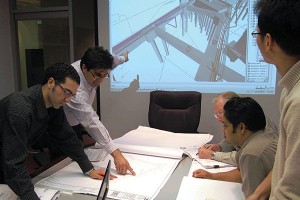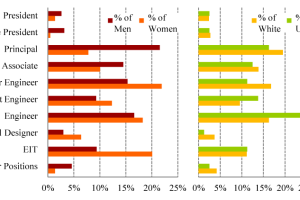The Importance of a Young Members Group
Forming a Young Members Group (YMG) has altered my professional vision and influenced the lives of many others. In 2010, shortly after attaining my master’s degree, I joined the Structural Engineers Association of Massachusetts (SEAMASS) and have been actively involved ever since. However, I soon noticed that there were hardly any young registered members or event attendees. …





